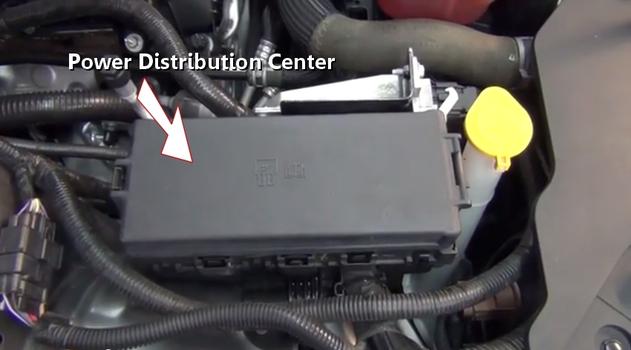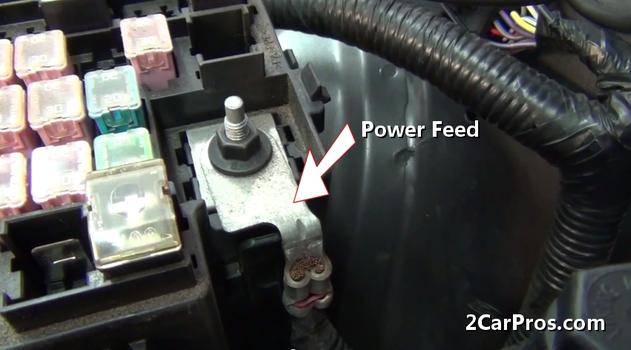How A Car Fuse Works?
FUSE
Working Of Fuse In Car Circuit
Step by step guide on how automotive fuses work. This information pertains to all vehicles.
Step 1 - A fuse protects a circuit from overloading in extreme operating conditions or in the event of a short circuit. Most fuses are located in the vehicle's power distribution center.

Power Distribution Center
Step 2 - Inside the PDC are many heavy and light duty fuses which protect various circuits which demand a specific amperage.

Heavy w/Light Duty Fuses
Step 3 - All fuses are designed with an element which will melt if the circuit amperage exceeds the fuse rating.

80 Amp Fuse Element
Step 4 - A fuse is typically defined by the amperage rating its designed to protect, such as this 30 amp fuse.

30 Amp Fuse
Step 5 - Fuse power is supplied by the positive battery cable which is attached to the positive side of the battery.

Fuse Power Feed

Power Distribution Center

Heavy w/Light Duty Fuses

80 Amp Fuse Element
Step 4 - A fuse is typically defined by the amperage rating its designed to protect, such as this 30 amp fuse.

30 Amp Fuse

Fuse Power Feed
Step 6 - To remove a fuse for inspection a tool is used which is usually supplied in the PDC.

Fuse Removal Tool
Step 7 - When a fuse element blows the continuity between the two terminals is broken which protects the circuit from damage.

Blown Fuse
Helpful Information
A fuse is designed to blow in the event of a circuit overload stopping the voltage flow. Most power distribution centers are located under the hood or dash. Heavy duty fuses are used to supply voltage to sub electrical systems which then power many smaller accessories.
Use a test light to check a fusecondition. If a blown fuse is discovered replace with equal amperage rating.
Common Problems
Related Links

Fuse Removal Tool

Blown Fuse
Use a test light to check a fusecondition. If a blown fuse is discovered replace with equal amperage rating.
- Higher than recommended fuse can cause wiring damage.
- A fuse can cause intermittent shorts by becoming loose, melted or corroded in the fuse holder.
- Bare wire causing the constant short circuit
Comments
Post a Comment